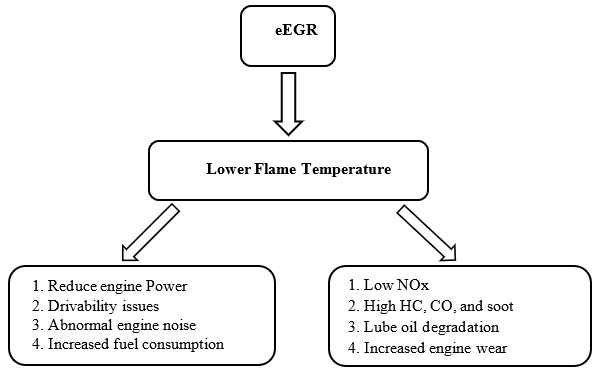The Scope for Improving the Pollution Impact of the Internal Combustion Engine
Main Article Content
Abstract
Internal combustion engines (ICEs) today drive 99.8% of worldwide transportation, while petroleum-based liquid fuels provide 95% of transportation energy. Many solutions are being studied, including battery electric cars (BEVs) and other fuels such as biofuels and hydrogen. However, all these choices start from a low point and face considerable barriers to indefinite expansion, so even by 2040, traditional liquid fuels powering combustion engines are estimated to account for 85-90% of transportation energy. Because of the huge number of vehicles on the road and the impact of emissions-related pollutants on human and ecological health, internal combustion engine research focuses on improving efficiency and lowering emissions. Nitrous oxides (NOx), carbon dioxide, hydrocarbons, and particulate matter are some of the harmful components of engine exhaust gases. NOx emissions have been linked to serious health consequences. When paired with other modern approaches, exhaust gas recirculation can minimize NOx emissions while also improving engine efficiency. Rather, the residual quantity of the exhaust gas effect on the quality of engine lubrication that is cause of increasing the wear of piston. After examining the underlying concepts that regulate engine efficiency and the methods to minimize exhaust pollution, this paper discusses the review for such improvement. Consider the many practical ways now on the market to see how much room there is for improvement.

